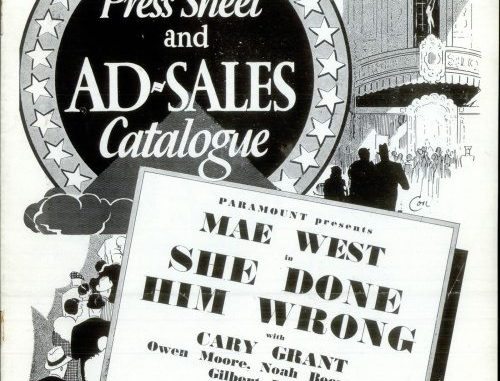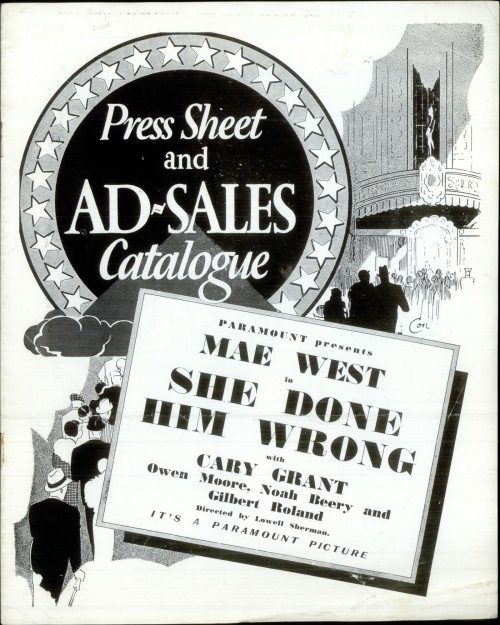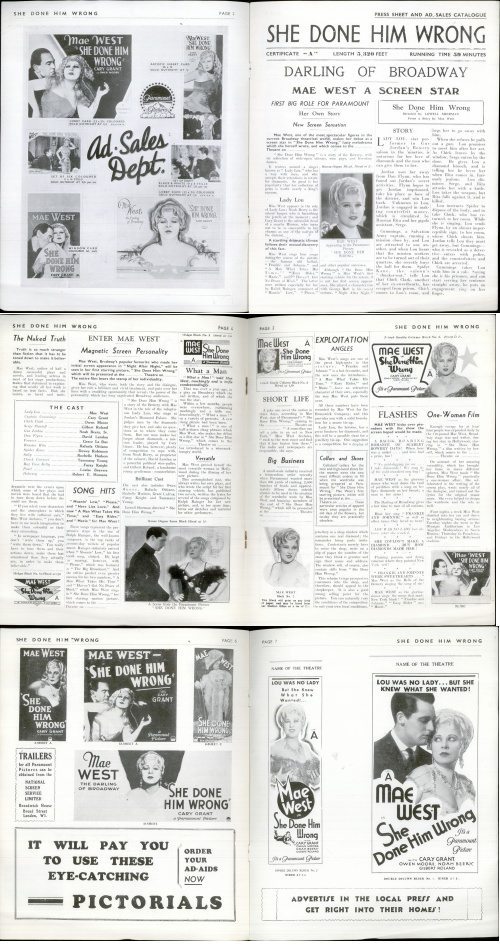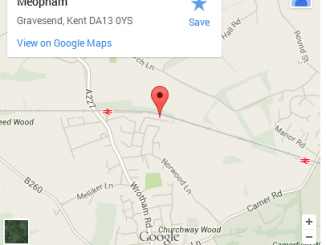
Each week our very own ‘Mr A’ a.k..a ‘The Vinyl Overlord’ a.k.a Richard a.k.a Dick will be blogging a chosen record, piece of music memorabilia, merchandise, or indeed any other music related ephemera that takes his fancy. Whilst the Beatles, Prog and Zappa are his ‘official ‘areas of expertise his knowledge of the minutiae of record label design, matrix numbers, export pressings and such-like make him known round these parts as THE go-to-man for any music related conundrum. Moreover, what he doesn’t know about chocolate éclairs really isn’t worth knowing but, alas, that’s a different story and one we sadly don’t have time for here….
Rest assured his chosen item each week will not solely consist of ‘the most expensive’ item we’ve bought,(although that’s not to say that won’t happen!)’, his choices will be governed by a far more pure ideal, namely, to celebrate and shine a light on some of the weird and wonderful items that pass through our doors each week…..”
Kicking off proceedings is this Press Sheet & Ad-Sales Catalogue for Mae West’s first starring role dating from 1933….
Astonishing original 1933 UK Press Sheet & Ad-Sales Catalogue for Mae West’sFIRST starring role, although she had already appeared in one film as a supporting actress, also featuring an early appearance by Cary Grant. Measuring 9½” x 12″, this astonishing historical document is eight pages of interest grabbing wonder. There is far too much to mention about this amazing curio from the dawn of the ‘Talkies’ here, so if you’ll forgive me..
……This was an unusual film in many ways. Incredible for the time, this film was actually an adaptation of her self penned smash hit Broadway stage play ‘Diamond Lil’. Needless to say, her adaptation of her own stage play into film led to it too becoming a smash hit.
This movie has been selected by the American Film Institute as one of the best black and white movies of all time & is full of pre Hayes Code ‘suggestive’ remarks for which she became famous & is fondly remembered for.
Cary Grant was hand picked by Mae as her co-star & yes, this is the film in which Mae tells Cary to come up and see her sometime. A saying that has become a staple of film lovers & impersonators [who almost always get it wrong] ever since.
What has this to do with 8 pages of a brochure ? Read on …
In the early days of Cinema, film ‘Picture Palaces’ were just converting to sound. With the success of ‘The Jazz Singer’ in 1927, the race was on for Studios & Cinemas alike to convert to sound. In tandem with this technological upheaval, the search was also on for suitable vehicles for the new medium.
“Diamond Lil” was a smash hit on Broadway, with Mae showing that by writing & starring in it herself, she was a woman that could live in what was very much at the time, a man’s world.
When converted to film, this very authentic replica of the 1890s is accurate right down to the horse hair furniture, gas lamps, Brooklyn accents and costumes. This & the follow up “I’m No Angel”, were the golden eggs that saved Paramount Studios from certain bankrupcy.
Indeed, this film established Mae as a world star & was so loved by audiences that midnight showings were needed to accommodate the crowds, and it was so lurid that seven countries banned the film altogether!
The Press Sheet & Ad-Sales Catalogue itself:
In order to get the “A” rating for UK release, the inside of this amazing document tells that the film is 5,320 feet long & runs for 59 minutes. The full uncut running time was 66 minutes, so to get the coveted “A” [Adult] rating for general UK release required the removal of a whole 7 minutes, or nearly 10% of the film. It would seem that many of the sharp & racy one-liners from her lips never got to UK audiences until decades later.
This extraordinary document would have been sent out by the film distributors to the cinemas, either before or after they had agreed to take the film for showing. The central pages are mostly devoted to synopses of the plot, cast list, information on Mae & amazing snippets of information, like the fact that “300 yards of Ruching, 2,000 bunches of beads & approximately fifteen dozen Ostrich feathers” were used for the wardrobe of the female cast. Most of which, went on Mae’s amazing outfits.
It lists the songs that would be heard, like “Frankie And Johnnie”, “A Man What Takes His Time”, “Easy Rider” & “Mazie”, all of which were recorded by Brunswick and have since become legendary.
Cleverly, in the Newspaper style columns of text & illustrations, are inserted block Ads for column space, which could be hired for between 1s/6d & the lofty price of two shillings per week, for use in the local Newspapers to advertise the film. An implementation of “WYSIWYG”, long before the silicon chip was even a twinkle in a boffins eye !
The inside leaf is devoted to the range of Lobby Cards, insert cards, stills & window cards that could be purchased outright for between 6d & 2s/6d.
The spread immediately opposite the inside back page illustrated the available range of posters [6, 12 & 48 sheet] that could be purchased. Given that the 48 sheet version would have cost the cinema a massive 15 shillings, this was an investment reserved for only the biggest cinemas in the major cities, with the regionals taking the smaller posters.
One of these posters, complete, sold recently for many tens of thousands of Dollars.
The Inside back page has two illustrations of Newspaper adverts, of single & double column block size, with the bold heading “Lou was no lady… but she knew what she wanted!”, that would appear immediately underneath the cinema name.
The very back is a simple price list, listing the purchase prices for posters, slides, lobby cards & stills, with the weekly hire prices of the in house display blocks & newspaper adverts.
Condition:
For “Pensioner Paper”, this is something quite amazing. Considering that this is older than most readers’ Grannies & some readers’ Great-Grannies, the condition is astonishing.
There are a few light creases at the corners and a historic careful fold about 1/3 up from the bottom [probably to fit in an envelope], but otherwise the pages are as new. Beautifully white & unstained, there is no paper loss or even a small tear anywhere. The only real clue that what you are dealing with here is over <B>75</B> years old & not a modern repro is the oxidisation of the two not-so-stainless steel staples, the type of paper & the technique of printing used. If you run your finger gently along the text, you can instantly feel not only the smoothness of the paper, but the indents of the press used by R.F. Hunger to produce it.
An astonishing piece of history, Mae West memorabilia or simply a record of the British cinema industry at the dawn of the “Talkie” in equally astonishing premium condition. As something to treasure or as an investment item, this piece covers all scenarios.
Given the many tens of thousands of Dollars being paid for some of the items listed in this catalogue, we are probably “giving this away” [As Max Miller said in the UK produced Gainsborough picture “Friday The Thirteenth” that same year] but our loss is your gain. Regardless, it is an incredible piece that will never diminish in value all the time it remains in this beautiful condition.
More info including price can be found at eil.com







Be the first to comment